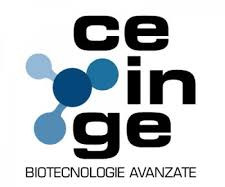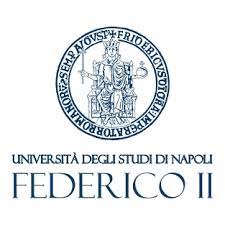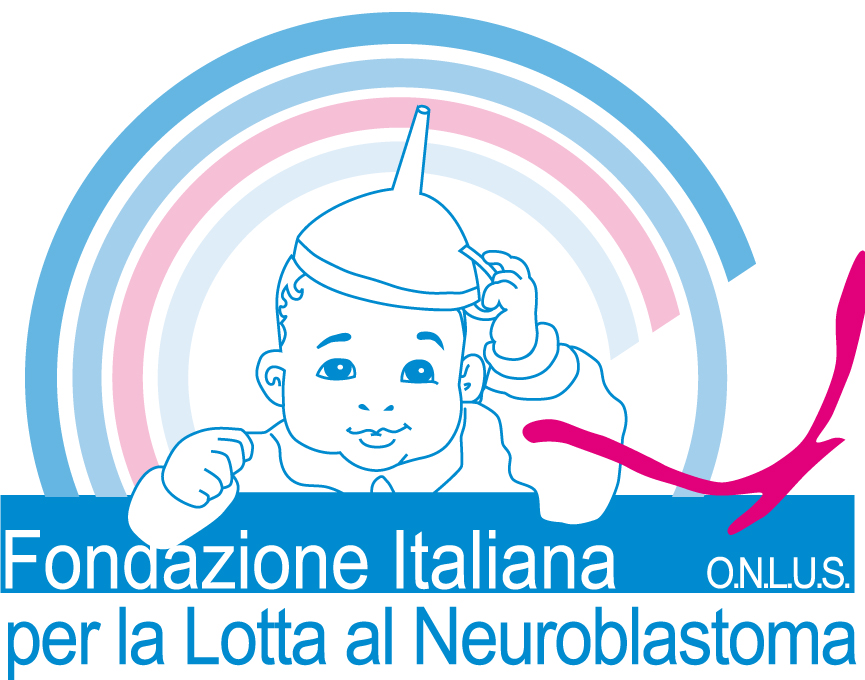Despite its relative rarity (1000 cases in US and 150 cases in Italy each year), neuroblastoma accounts for ~7% of all childhood cancers and, due to its aggressiveness, it determines 15% of all childhood cancer deaths. The curative effects of anticancer drugs are relatively poor in children with aggressive forms of neuroblastoma which in most cases have disease progression. These patients, representing about 50% of all cases, are classified as "high-risk neuroblastoma" and have a low survival probability even when subjected to intensive therapies. The remaining 50% of patients have a less aggressive tumor that can be treated with surgery and chemotherapy, and they are defined as "intermediate or low risk neuroblastoma". Recent studies suggest that inherited DNA variants can predispose to the development of neuroblastoma and to different clinical phenotypes: high, intermediate and low risk.
Thanks to the support of “Fondazione Italiana per Lotta al Neuroblastoma”, “Oncologia Pediatrica e Neuroblastoma (OPEN)” and “Associazione Italiana per la Ricerca sul il Cancro (AIRC)”, investigators have sequenced and analyzed the DNA coding regions of 664 Italian children affected by neuroblastoma.
With the aim of making genetic data available to the scientific community, the investigators generated “NBgen”, a database of genotypic frequencies aggregated from whole-exome sequencing variation of neuroblastoma patients. Data reported in this repository are freely accessible.
Coordinators: Mario Capasso and Achille Iolascon (Università degli Studi di Napoli Federico II and CEINGE).
Collaborators: Ferdinando Bonfiglio and Vito Alessandro Lasorsa (Università degli Studi di Napoli Federico II and CEINGE).
Website and Database: Angelo Boccia and Giovanni Paolella (Università degli Studi di Napoli Federico II and CEINGE).



